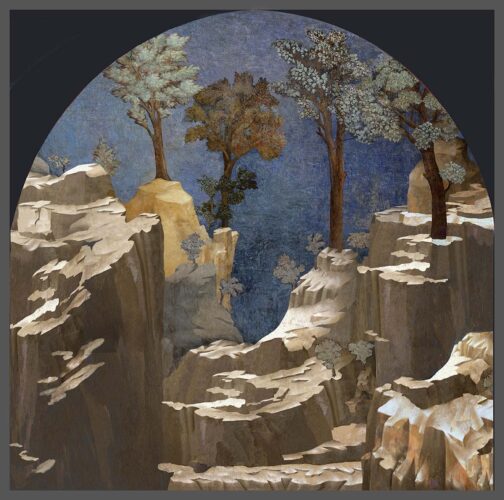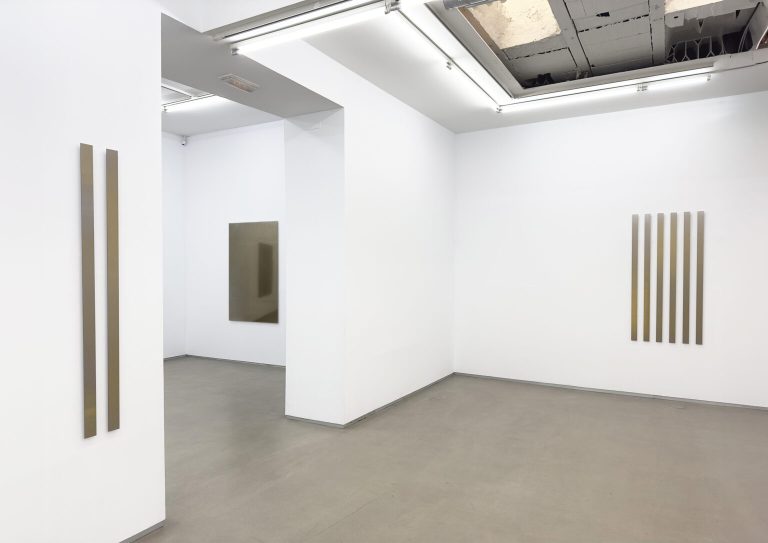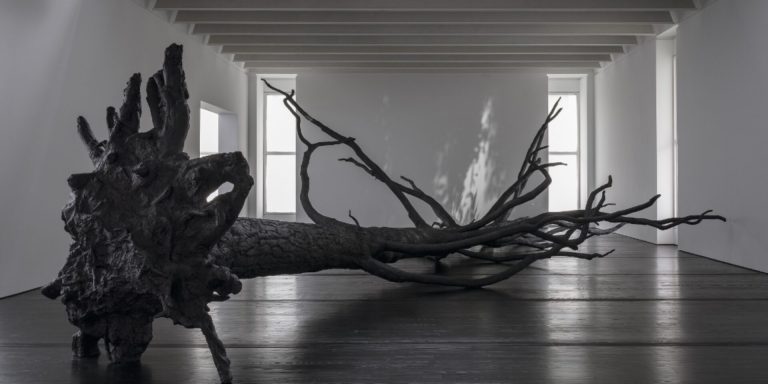Santander,
It was approximately in 2007 when José Manuel Ballester began working on the series Hidden Spaces: photographs in which he stripped figures and anything that might suggest action from fundamental works in the History of Art, from El Bosco to Goya, thus directing our gaze to the spaces that surrounded the main themes and offering his particular reading of the classics.
Since then and until now, the Madrid-born artist has worked on an increasing number of pieces, often chosen based on the importance of buildings and interior spaces in them. Ballester, who first worked as a painter before delving into architectural photography, sought to investigate in this line the notion of appropriationism and also the (high) extent to which our temporal and social context conditions the way in which we perceive, appreciate and relate to reality in each historical period, including art.
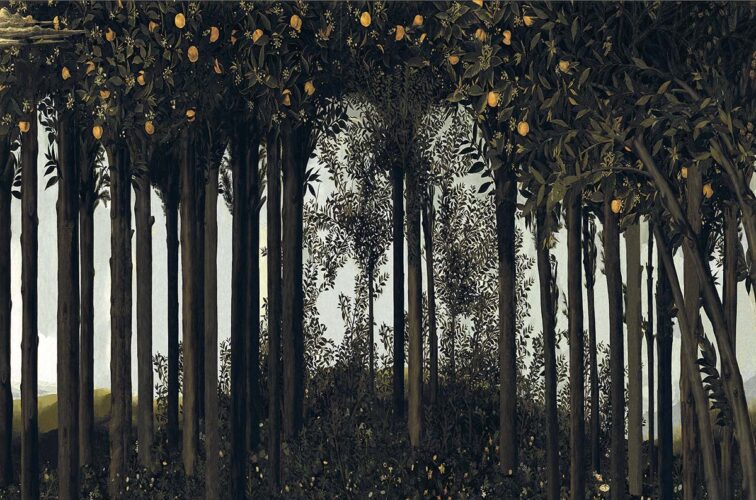
Some of these landscapes taken from essential compositions (Botticelli, Giotto; the latter is given an installation of five large canvases), as well as images from outside them with which they share a theme, that of the constant and universal tree, are part of the latest exhibition by this author, organised by the Enaire Foundation, curated by Lola Durán and open until next September at the Naves de Gamazo in Santander. It is entitled “De arboris perennis” and constitutes a tribute to nature, a reminder of our need for it, although awareness of it is often lost in the urban environment, and also a sign of respect for its beauty and evocative power: whether real or taken from famous paintings, this vegetation invites reflection and silence, suggests mystery and does not cease to be one of the most suitable settings, even on photographic paper, for connecting with one’s own intimacy and that of others.
Since the works not inspired by artistic pieces have been taken in a good number of countries (we will contemplate branches between New York skyscrapers, next to a remote temple in Sichuan, at the subway exits of large cities, in Parisian parks, the Brazilian jungle, gardens or orchards), these trees also acquire, in Ballester’s work, the role of connector between very different societies and places: they transcend borders and, the artist emphasizes, they accompany us wherever we go, in the physical force of their trunks and also in their symbolic power, because there is no place where myths have not grown around them.
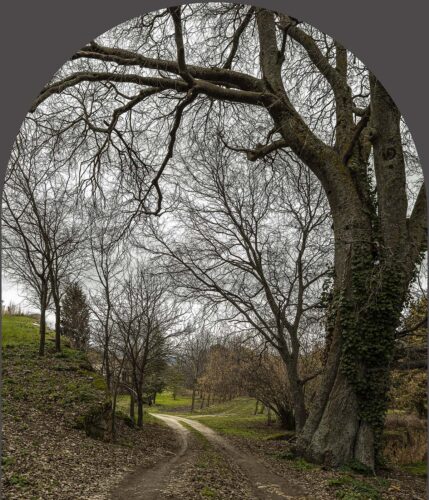
This exhibition is coming to Santander after its visit to the Botanical Gardens in Madrid last summer and is the result of the photographer’s work on this subject over more than a decade: nature was already present in his first paintings, with a neo-romantic air and dedicated to the landscape, in which there was no human presence or it was indirect; he understands it as the first place where we develop our lives and also as the first space affected by the uses or excesses that we make of it, while focusing on both its richness and its vulnerability. In trees in particular, he appreciates our most stable and constant link with nature: for the protection they provide against certain climatic conditions, for their benefit to our health in a broad sense, and for their aesthetics, for providing support to animal species and for marking seasonal cycles.
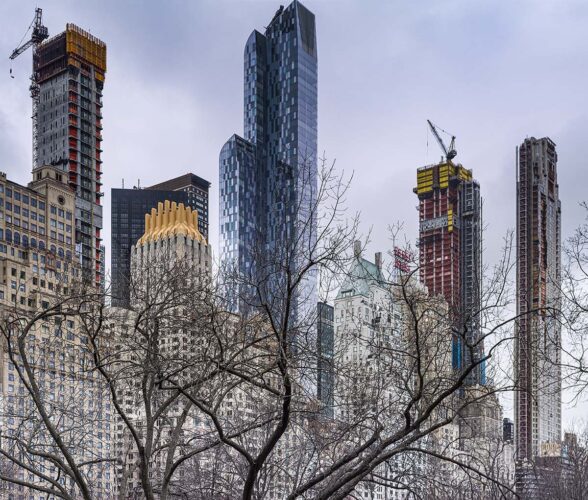
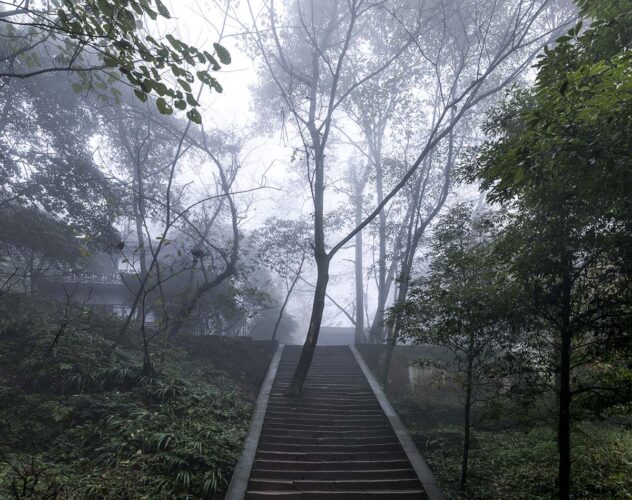
José Manuel Ballester. “Of evergreen trees”
GAMAZO SHIPS
Severiano Ballesteros Avenue, 3
Santander
From June 13 to September 22, 2024

